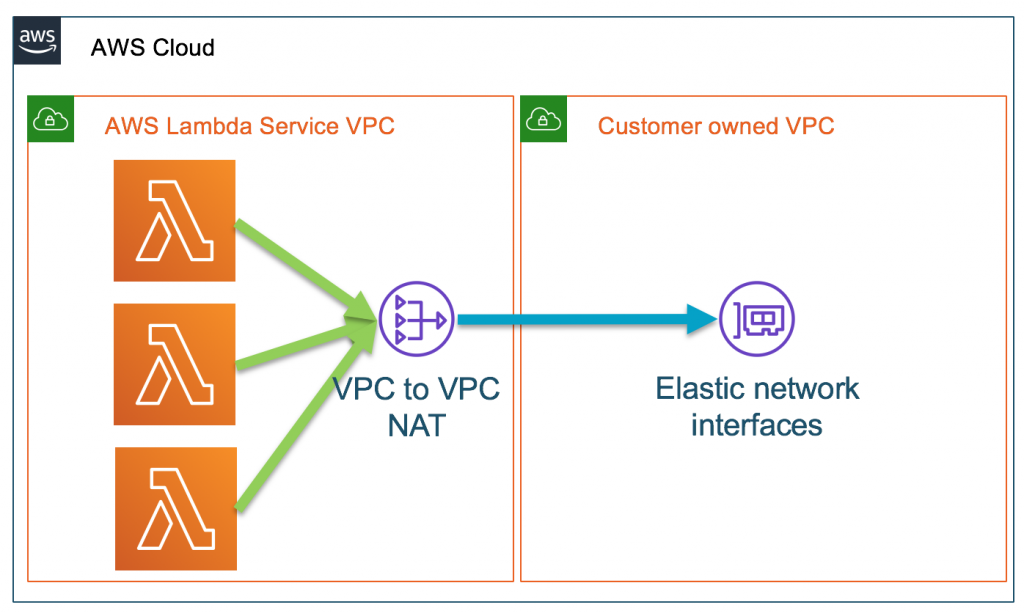AWS Compute Blog
Tag: serverless
Using serverless backends to iterate quickly on web apps – part 3
Previously in this series, you deploy a simple workflow for processing image uploads in the Happy Path web application. In this post, you add progressively more complex functionality by deploying new versions of workflows.
Building Salesforce integrations with Amazon EventBridge and Amazon AppFlow
This blog post demonstrates a solution that connects Salesforce to an event-driven application that uses EventBridge and Amazon AppFlow to route events. The application uses events from Salesforce as a starting point for a custom processing workflow in a Lambda function.
Building storage-first serverless applications with HTTP APIs service integrations
Over the last year, I have been talking about “storage first” serverless patterns. With these patterns, data is stored persistently before any business logic is applied. The advantage of this pattern is increased application resiliency. By persisting the data before processing, the original data is still available, if or when errors occur. Common pattern for […]
Using serverless backends to iterate quickly on web apps – part 2
This post focuses on the business logic layer of the Happy Path application. I introduce Step Functions and show how you can use Amazon States Languages (ASL) to define state machines.
Using serverless backends to iterate quickly on web apps – part 1
In this post, I introduce the Happy Path example web application. I show the main features of the application, enabling end-users to upload maps and photos to the backend application.
Using Amazon MSK as an event source for AWS Lambda
Now Lambda supports Amazon MSK as an event source, you can invoke Lambda functions from messages in Kafka topics to integrate into your downstream serverless workflows.
Scheduling AWS Lambda Provisioned Concurrency for recurring peak usage
This post is contributed by Jerome Van Der Linden, AWS Solutions Architect Concurrency of an AWS Lambda function is the number of requests it can handle at any given time. This metric is the average number of requests per second multiplied by the average duration in seconds. For example, if a Lambda function takes an […]
Introducing the CDK construct library for the serverless LAMP stack
Update: The complete blog series and supporting GitHub repository is now available: Part 1: Introducing the new Serverless LAMP stack Part 2: Scaling relational databases Part 3: Replacing the web server Part 4: Building a serverless Laravel application Part 5: The CDK construct library for the serverless LAMP stack Part 6: From MVC to serverless […]
Migrating AWS Lambda functions to Amazon Linux 2
July 26, 2023 update: Information in this post has been superseded by Migrating AWS Lambda functions from the Go1.x runtime to the custom runtime on Amazon Linux 2. You can now use the latest version of any of the AWS Lambda runtimes on Amazon Linux 2 (AL2). End-of-life of standard support for Amazon Linux (AL1 […]
Using AWS Lambda IAM condition keys for VPC settings
You can now control the Amazon Virtual Private Cloud (VPC) settings for your AWS Lambda functions using AWS Identity and Access Management (IAM) condition keys. IAM condition keys enable you to further refine the conditions under which an IAM policy statement applies. You can use the new condition keys in IAM policies when granting permissions […]









